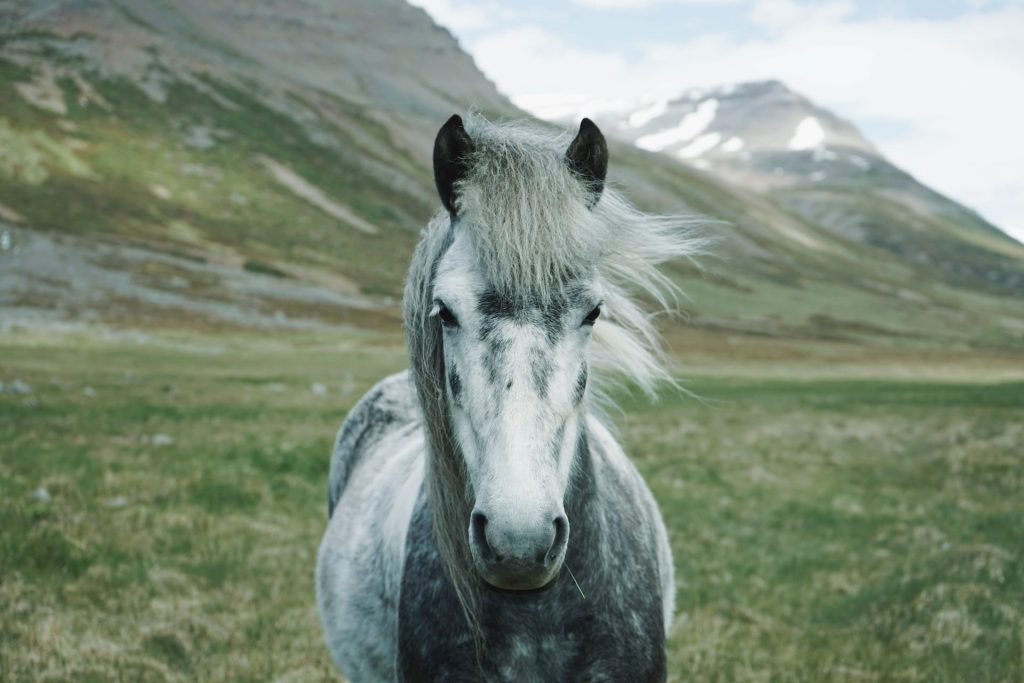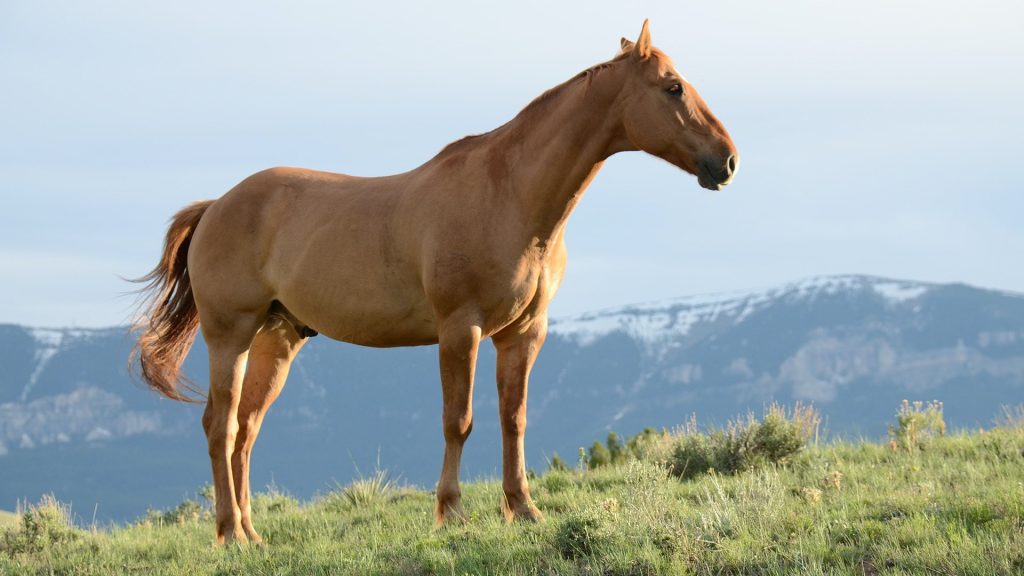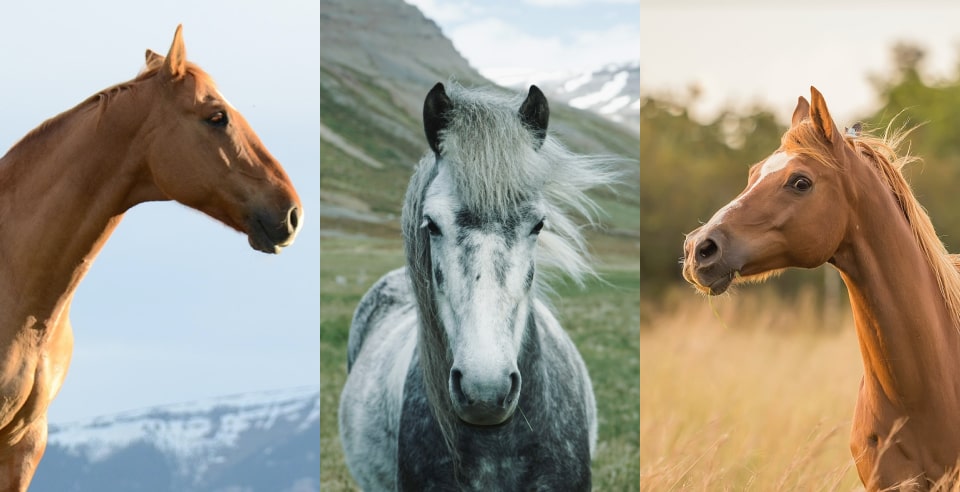If you’re an equestrian traveler, you’ve likely ridden different local horse breeds depending on the country you’re visiting. You may have noticed differences in temperament, training approaches, or simply the experience of riding compared to the popular Arabian horse. While each horse is unique based on factors such as personality, past experiences, age, and discipline, there are three main branches of horse breeds: cold-blooded, warm-blooded, and hot-blooded horses, based on common attitudes and characteristics.
Cold-blooded horses, typically large and heavy breeds, are bred for working and pulling tasks like draft horses. Warm-blooded horses are lighter, more athletic breeds originally bred for riding and performance. Hot-blooded horses, such as Thoroughbreds and Arabians, are highly energetic and excitable breeds selectively bred for speed and endurance.
While these terms are informal and simply categorize breeds by temperament, it’s important to note that all horses are mammals with warm blood. In this blog post, we’ll explore each type in more detail and understand their main characteristics and uses in different equestrian disciplines and working activities to help you better understand and appreciate every horse breed for their unique traits.
Cold blooded horses, the gentle giants.

Cold-blooded horses, also known as heavy horses or draught horses, are a group of horse breeds that have been traditionally bred for heavy work and pulling tasks. They are characterized by their large and powerful build, gentle temperament, and calm demeanor.
These horses were initially bred in northern Europe, particularly in France, Belgium, and the Netherlands. Today, they can be found all over the world, especially in countries with strong agricultural traditions.
Some of the most popular cold-blooded horse breeds include the Belgian Draft Horse, Percheron, Shire Horse, Clydesdale and Suffolk Punch.
Cold-blooded horses are large, muscular, and heavily built, with broad chests, deep girths, and short legs. They typically stand between 15 and 18 hands high and weigh between 1,500 and 2,000 pounds. They have broad, powerful hooves, thick necks, and short, thick tails. Their coat colors vary but are usually solid and range from black to gray, bay, and chestnut.
These giant beasts are known for their gentle and patient temperament. They are easygoing and adaptable and can tolerate heavy workloads without becoming agitated or nervous. They are also intelligent and have a strong work ethic, making them ideal for various types of heavy work and agricultural tasks.
Draft horses and Percheron horses have been used for various activities, including agriculture, forestry, and transportation. Today, they are often used for recreational purposes, such as pleasure riding, showing, and driving. They are also used for therapeutic riding programs due to their calm and gentle nature. In some regions, they are still used for traditional agricultural tasks, such as plowing fields or pulling carts.
Warm blooded horses, a balanced mix.

Warm-blooded horses are a group of horse breeds that are generally lighter, more athletic than cold blooded horses and were originally bred for riding and performance. They are characterized by their versatility, energy, and athleticism.
These horses were developed in Europe, primarily in Germany and other parts of central Europe, by crossing hot-blooded horses (Arabians and Thoroughbreds) with cold-blooded horses (heavy draft breeds). The result was a horse with a combination of the best traits of both types.
Some of the most popular warm-blooded horse breeds include the Hanoverian, Dutch Warmblood, Holsteiner, Trakehner, Oldenburg, and Swedish Warmblood.
Warm-blooded horses are typically between 15 and 17 hands high and weigh between 1,000 and 1,500 pounds. They have a medium build with a refined head, long neck, and powerful shoulders. Their coat colors range from solid to spotted and can be bay, chestnut, black, or gray. They are known for their athleticism and are bred for their jumping and dressage ability.
These horses are intelligent and trainable, making them popular for competition and performance. They are also known for their even temperament and versatility, as they are adaptable to different riding styles and disciplines. They are social animals and thrive on interaction with people and other horses.
Warm-blooded horses are popular for various equestrian activities, including dressage, jumping, eventing, and endurance riding. They are also used for recreational purposes, such as pleasure riding and trail riding. Their even temperament and versatility make them suitable for use in therapeutic riding programs. Some warm-blooded breeds are also used as sport horses in activities like polo, racing, and driving.
Hot blooded horses, the power of fire.

Hot-blooded horses are a type of horse breed that originated in the Middle East and North Africa. They are characterized by their high energy, sensitivity, intelligence and speed. These horses are often used in racing, endurance riding, and other high-performance equestrian activities. In this article, you can read more about how Arabian horses became an important part of bedouin society in the Middle East.
Some of the most popular hot-blooded horse breeds include:
- Arabian: A breed that originated on the Arabian Peninsula and is known for its high spirit and intelligence. Arabians are typically small and compact, with a distinctive dished profile and long, arched neck.
- Thoroughbred: A breed developed in England for horse racing, Thoroughbreds are known for their athleticism, speed, and competitive nature. They are tall, sleek horses with a powerful build.
- Akhal-Teke: A breed originating from Turkmenistan, Akhal-Tekes are known for their speed and endurance, as well as their distinctive metallic sheen. They are typically tall and slim, with long, angular legs.
The hot-blooded horses are typically high-strung and require an experienced rider. These horses are often used for high-performance activities like racing, endurance riding, and jumping, but can also excel in other equestrian disciplines with proper training and handling.
Especially if you are looking to buy a horse in the UAE, you should be aware that not all breeds are suited to living comfortably in the difficult climate conditions of the Gulf region. This is why the Arabian horse, among many other reasons, is still the most commonly bred horse in desert regions today.
I hope you enjoyed this article! Please leave a comment below if you want to learn more about the topic.


